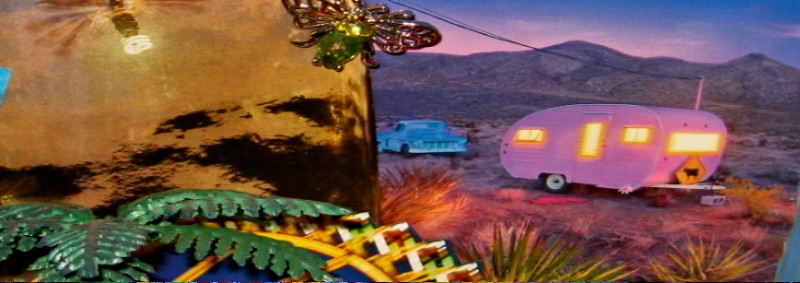Félix Edouard Vallotton (December 28, 1865 – December 29, 1925) was a Swiss French painter and print maker associated with Les Nabise. Les Nabis (pronounced nah-BEE) were a group of Post Impressionist- Avante Gard artists who set the pace for fine arts and graphic arts in France
in the 1890s. Initially a group of friends interested in contemporary
art and literature, most of them studied at the private art school Academie Julian in Paris in the late 1880s. He was an important figure in the development of the modern woodcut.
He painted, wrote art criticism and made a number of prints. In 1891 he executed his first woodcut, a portrait of Paul Verlaine. The many woodcuts he produced during the 1890s were recognized as innovative & established Vallotton as a leader in the revival of true woodcut as an artistic medium. In the western world, the relief print, in the form of commercial wood graving , had long been utilized mainly as a means to accurately reproduce drawn or painted images & photographs. Vallotton's woodcut style was novel in its starkly reductive opposition of large masses of undifferentiated black and areas of unmodulated white. Vallotton emphasized outline and flat patterns & generally eliminated the gradations and modeling traditionally produced by hatching. He was influenced by Post Impressionist Painting, Symbolism & especially by the Japanese woodcut.
His woodcut subjects included domestic scenes, bathing women, portrait heads, and several images of street crowds and demonstrations—notably, several scenes of police attacking anarchists. He usually depicted types rather than individuals, eschewed the expression of strong emotion, and "fuse[d] a graphic wit with an acerbic if not ironic humor". Vallotton's graphic art reached its highest development in Intimités (Intimacies), a series of ten interiors published in 1898 by the Revue Blanche, which deal with tension between men and women.[5] Vallotton's woodcuts were widely disseminated in periodicals and books in Europe as well as in the United States, and have been suggested as a significant influence on the graphic art of Edvard Munch & Aubrey Beardsle.
 During the
1890s, when Vallotton was closely allied with the avant-garde, his
paintings reflected the style of his woodcuts, with flat areas of color,
hard edges, and simplification of detail. His subjects included genre scenes, portraits and nudes. Examples of his Nabi style are the deliberately awkward Bathers on a Summer Evening (1892–93), and the symbolist Moonlight (1895), in the Musse D Orsay .
During the
1890s, when Vallotton was closely allied with the avant-garde, his
paintings reflected the style of his woodcuts, with flat areas of color,
hard edges, and simplification of detail. His subjects included genre scenes, portraits and nudes. Examples of his Nabi style are the deliberately awkward Bathers on a Summer Evening (1892–93), and the symbolist Moonlight (1895), in the Musse D Orsay .
He painted, wrote art criticism and made a number of prints. In 1891 he executed his first woodcut, a portrait of Paul Verlaine. The many woodcuts he produced during the 1890s were recognized as innovative & established Vallotton as a leader in the revival of true woodcut as an artistic medium. In the western world, the relief print, in the form of commercial wood graving , had long been utilized mainly as a means to accurately reproduce drawn or painted images & photographs. Vallotton's woodcut style was novel in its starkly reductive opposition of large masses of undifferentiated black and areas of unmodulated white. Vallotton emphasized outline and flat patterns & generally eliminated the gradations and modeling traditionally produced by hatching. He was influenced by Post Impressionist Painting, Symbolism & especially by the Japanese woodcut.
La raison probante (The Cogent Reason), a woodcut from the series Intimités, 1898
His woodcut subjects included domestic scenes, bathing women, portrait heads, and several images of street crowds and demonstrations—notably, several scenes of police attacking anarchists. He usually depicted types rather than individuals, eschewed the expression of strong emotion, and "fuse[d] a graphic wit with an acerbic if not ironic humor". Vallotton's graphic art reached its highest development in Intimités (Intimacies), a series of ten interiors published in 1898 by the Revue Blanche, which deal with tension between men and women.[5] Vallotton's woodcuts were widely disseminated in periodicals and books in Europe as well as in the United States, and have been suggested as a significant influence on the graphic art of Edvard Munch & Aubrey Beardsle.
 During the
1890s, when Vallotton was closely allied with the avant-garde, his
paintings reflected the style of his woodcuts, with flat areas of color,
hard edges, and simplification of detail. His subjects included genre scenes, portraits and nudes. Examples of his Nabi style are the deliberately awkward Bathers on a Summer Evening (1892–93), and the symbolist Moonlight (1895), in the Musse D Orsay .
During the
1890s, when Vallotton was closely allied with the avant-garde, his
paintings reflected the style of his woodcuts, with flat areas of color,
hard edges, and simplification of detail. His subjects included genre scenes, portraits and nudes. Examples of his Nabi style are the deliberately awkward Bathers on a Summer Evening (1892–93), and the symbolist Moonlight (1895), in the Musse D Orsay . 




